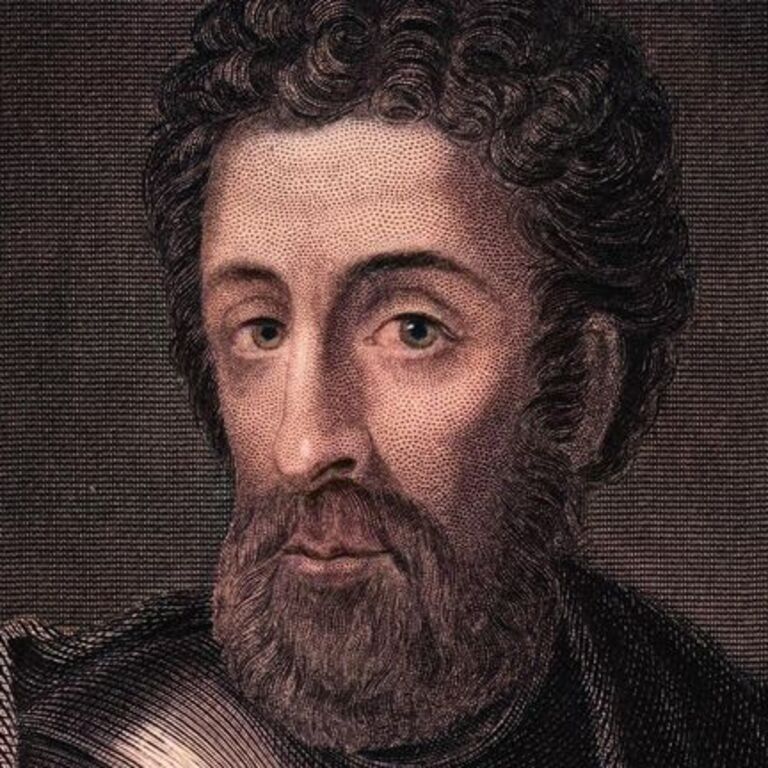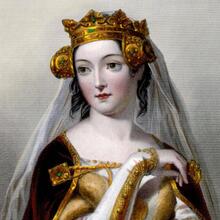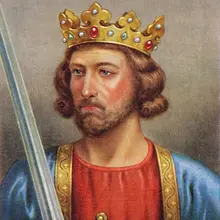
Personal
Other names:
Job / Known for:
Leader
Left traces:
A legacy of courage
Born
Date:
1270
Location:
GB
Elderslie, Renfrewshire, Scotland
Died
Date:
1305-08-23 (aged 35)
Resting place:
GB
Death Cause:
Hanged, drawn and quartered
Family
Spouse:
Marion Braidfute (disputed)
Children:
None recorded
Parent(s):
Alan Wallace and Sara Alice Wallace (née Garlick)
QR Code:
Show More
Rank
Users ranking to :
Thanks, you rate star
Ranking
5.0
1
About me / Bio:
Show More
Article for William Wallace
Died profile like William Wallace
Comments:





